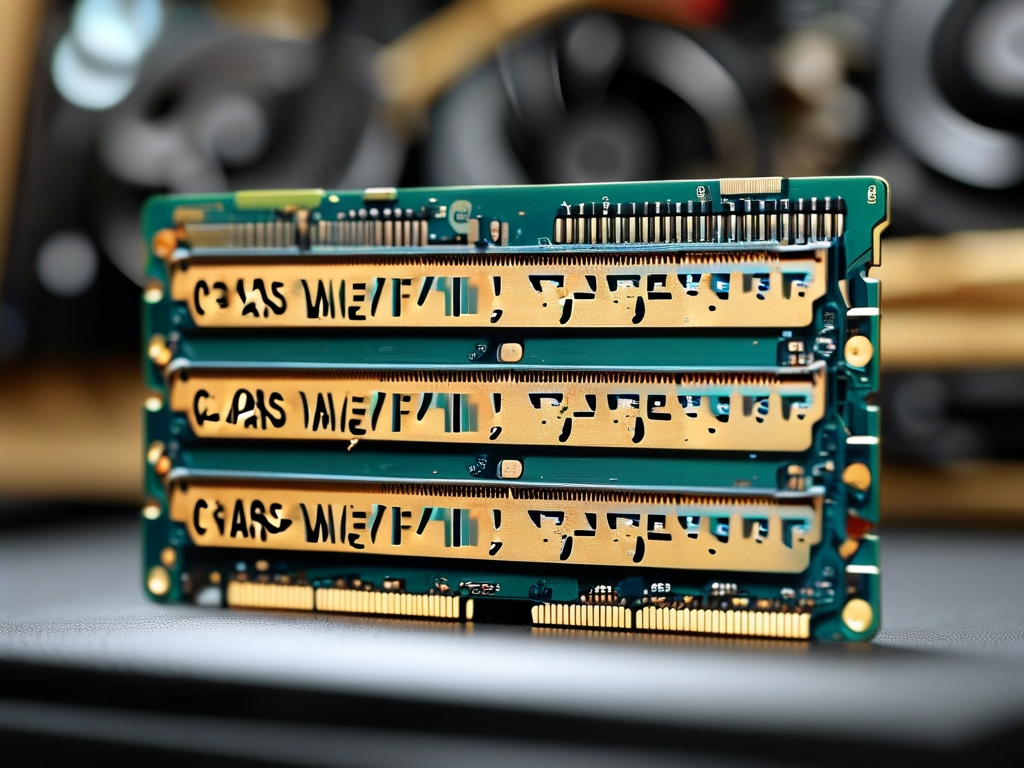Memory timing performance plays a critical role in determining the speed and efficiency of computer systems, particularly in tasks requiring rapid data access. To optimize system performance, engineers and enthusiasts often rely on mathematical formulas to evaluate memory timing parameters. This article explores the core calculation methods used to quantify memory timing efficiency and their practical applications.

The Basics of Memory Timing
Memory timing refers to the latency between operations in dynamic random-access memory (DRAM). These timings are represented as numerical values (e.g., CL16-18-18-36) and are measured in clock cycles. Key parameters include:
- CAS Latency (CL): The delay between a read command and data availability
- tRCD (RAS to CAS Delay): Time to activate a row and access a column
- tRP (Row Precharge Time): Delay to close one row and open another
Core Calculation Formula
The fundamental formula for calculating actual latency (in nanoseconds) combines clock speed and timing values:
Actual Latency (ns) = (Timing Value × 2000) / Memory Frequency (MHz) For example, DDR4-3200 RAM with CL16 would have:
(16 × 2000) / 3200 = 10 ns This formula highlights the inverse relationship between frequency and latency – higher frequencies reduce actual latency despite identical CL values.
Advanced Efficiency Metrics
System designers often use composite formulas to evaluate overall memory subsystem performance:
Effective Bandwidth = (Data Rate × Bus Width) / 8
Timing Efficiency = Effective Bandwidth / (Average Latency × 1000) These calculations help compare different memory configurations by quantifying the balance between speed and responsiveness.
Practical Implementation Considerations
-
Frequency vs. Timings Tradeoff:
Tight timings at lower frequencies may outperform loose timings at higher frequencies in latency-sensitive applications. Testing with tools like AIDA64 or MemTest86 provides real-world validation. -
Voltage Relationships:
Memory voltage (typically 1.2V-1.5V) affects timing stability. The stability threshold can be estimated using:Max Stable Frequency = Base Frequency × (1 + Voltage Boost % / 10) -
Overclocking Calculations:
Enthusiasts use modified latency formulas when pushing memory beyond rated specifications:Adjusted CL = (Base CL × Original Frequency) / New FrequencyThis helps maintain proportional timing relationships during frequency increases.
Industry Applications
- Server Optimization: Data centers use timing efficiency metrics to optimize virtual machine density
- Gaming Systems: Low latency calculations (sub-8ns) are prioritized for frame time consistency
- AI Workloads: Large language model training benefits from high bandwidth-to-latency ratios
Emerging Trends
Recent developments in DDR5 memory introduce new timing variables like tCCD_L and tWRTS, requiring updated calculation models. Researchers at institutions like MIT have proposed machine learning algorithms to predict optimal timing configurations based on workload patterns.
Verification Methods
Always validate theoretical calculations with:
- Memory benchmarking tools (AIDA64, SiSoftware Sandra)
- Real-world application testing
- Thermal analysis to ensure stability under load
Understanding these calculation principles enables better hardware selection and system tuning. While formulas provide essential guidance, actual performance depends on holistic system integration, including motherboard topology and CPU memory controller capabilities.









